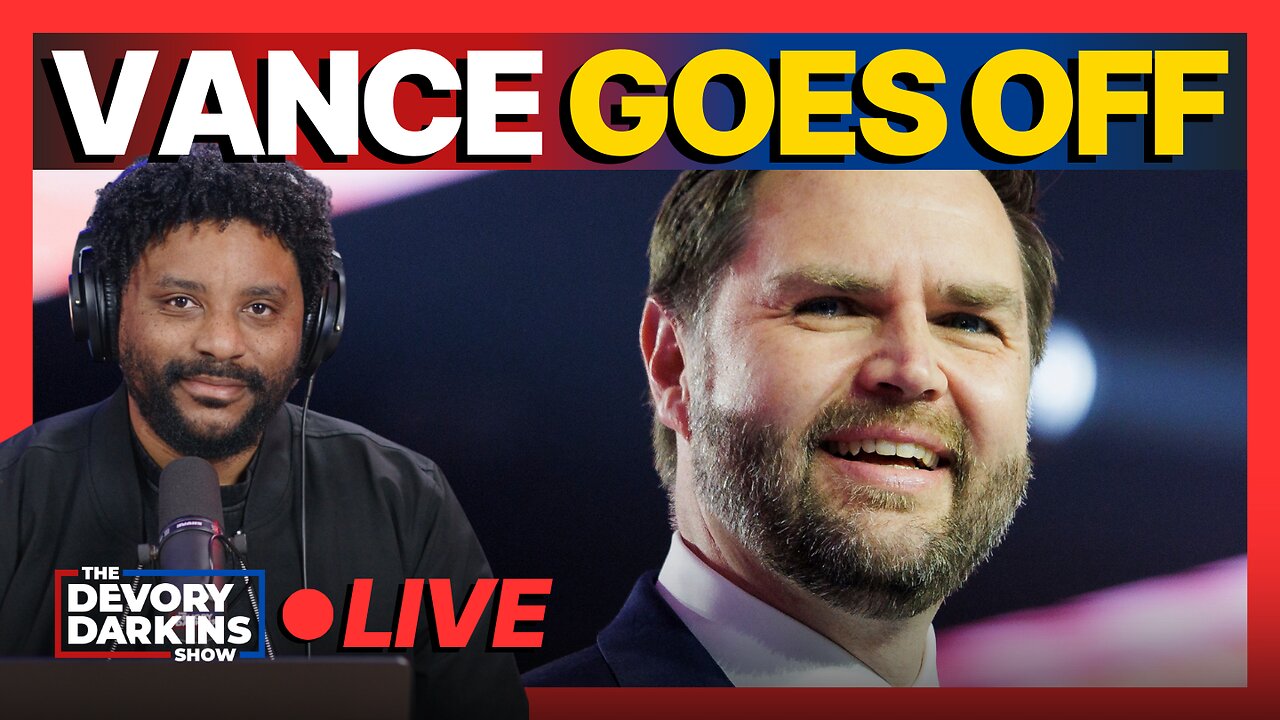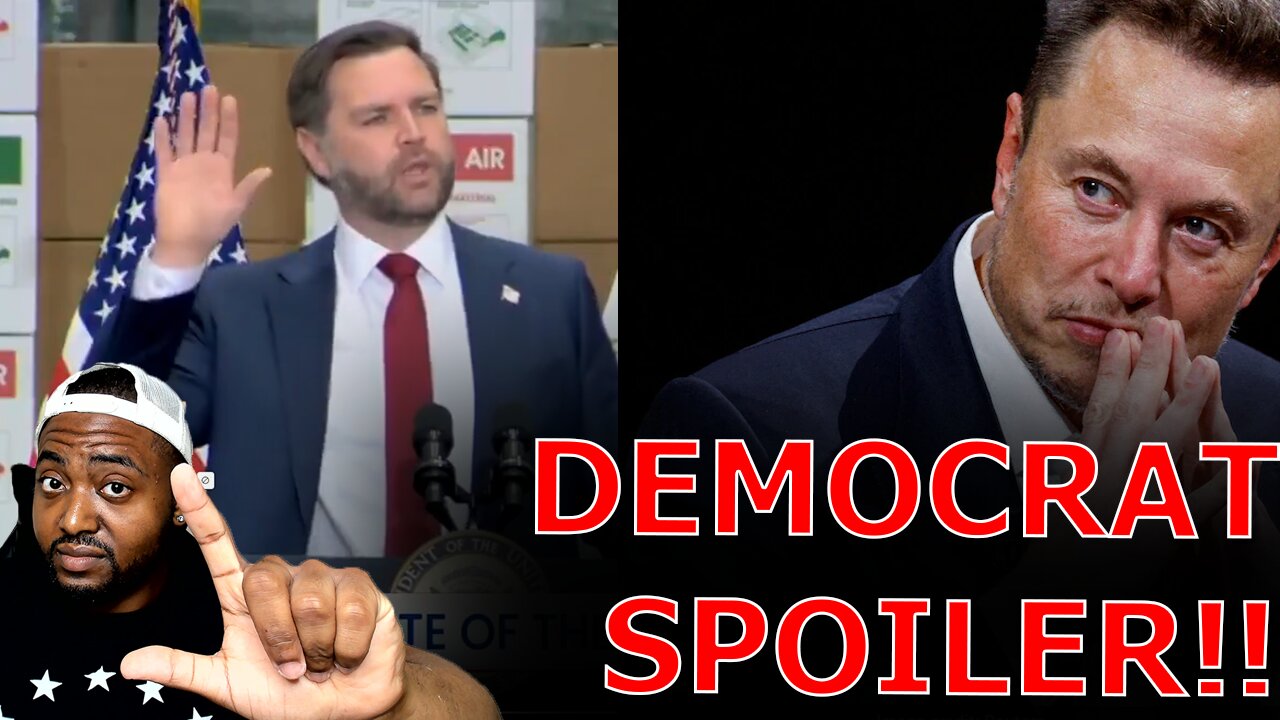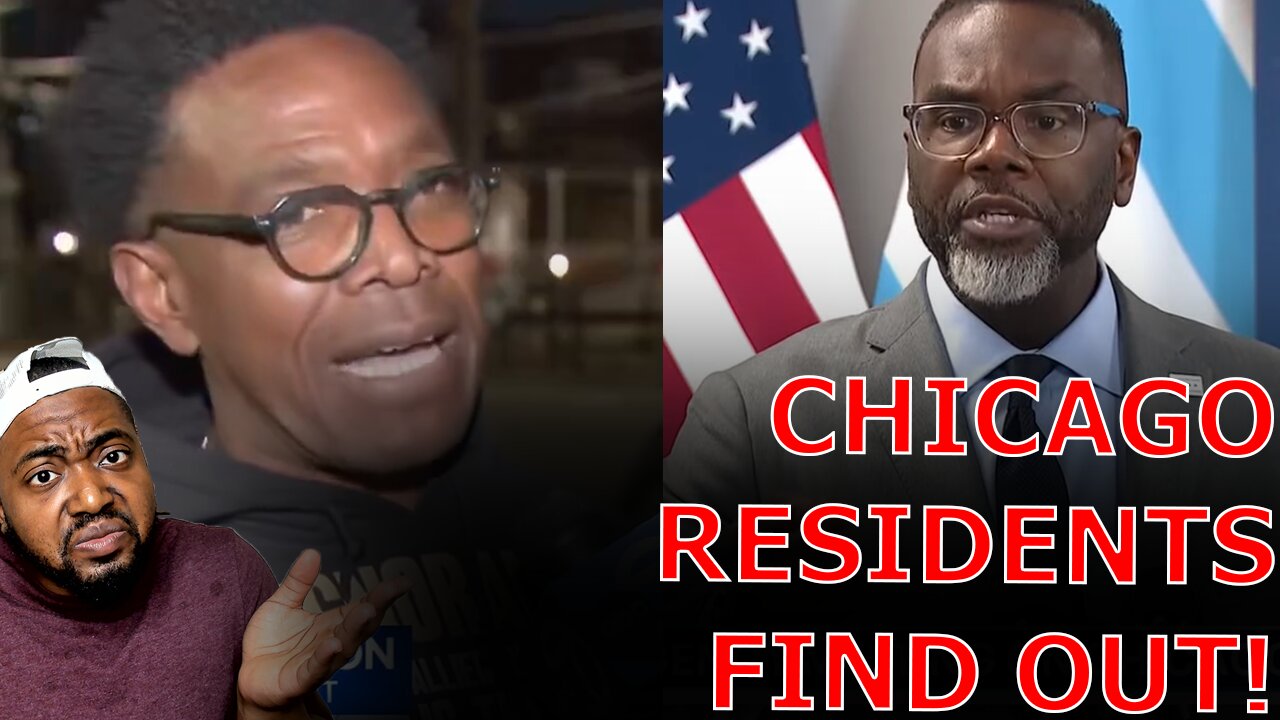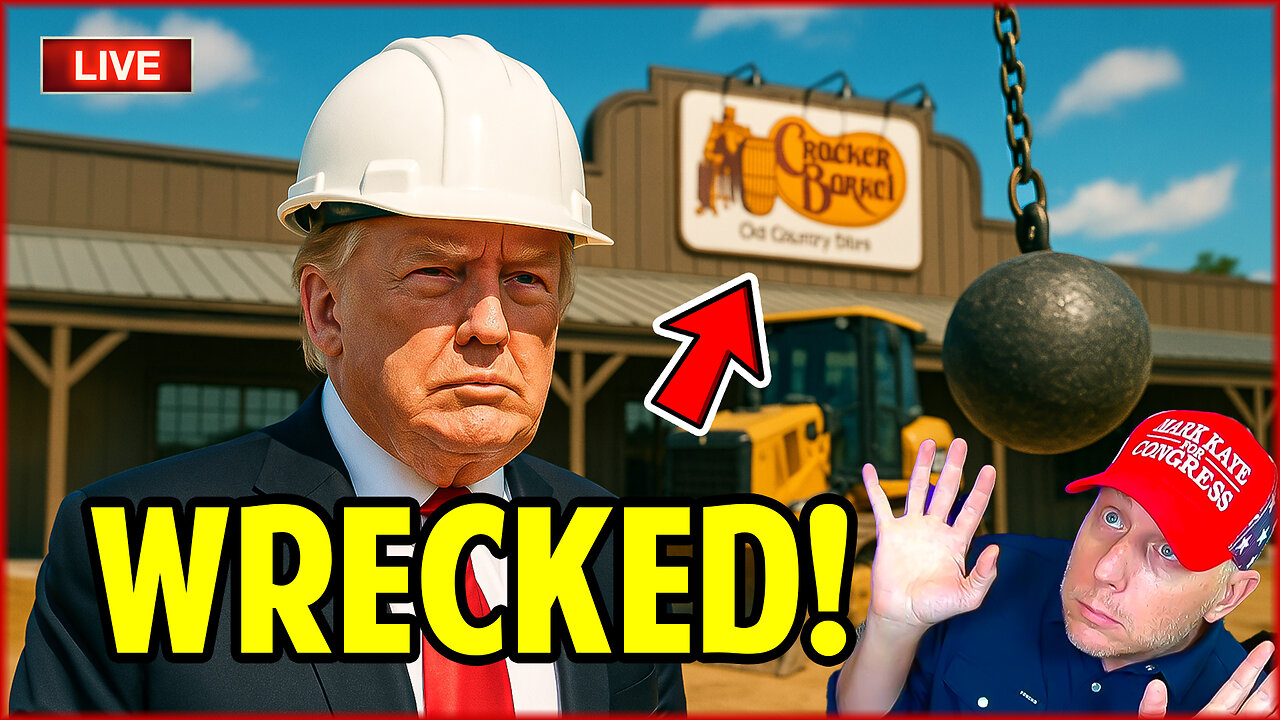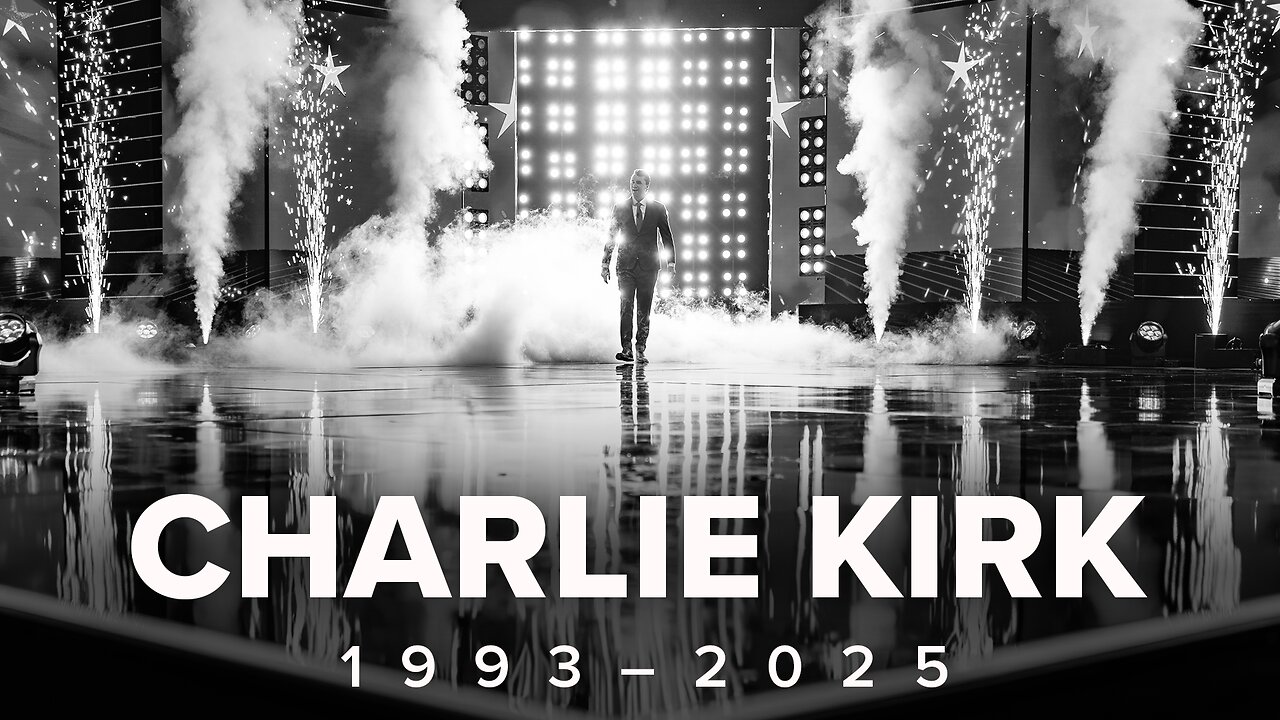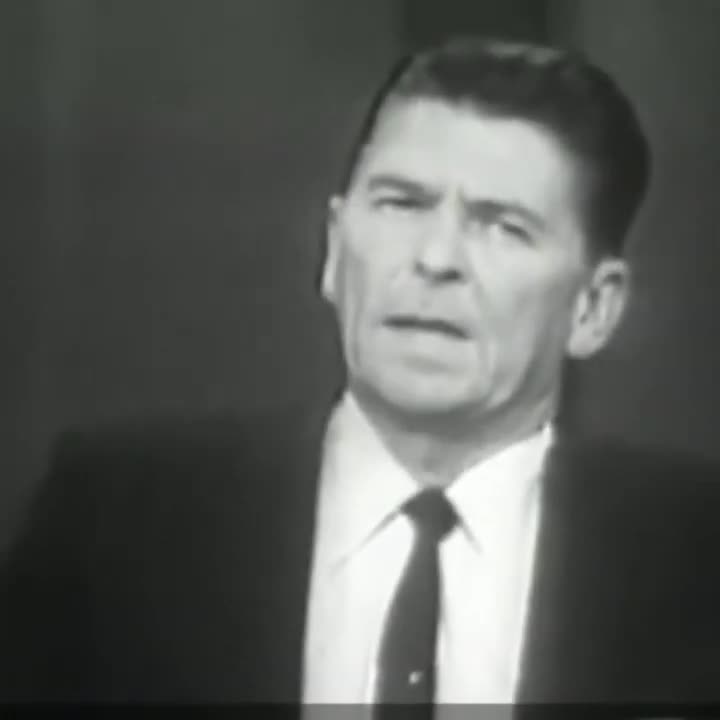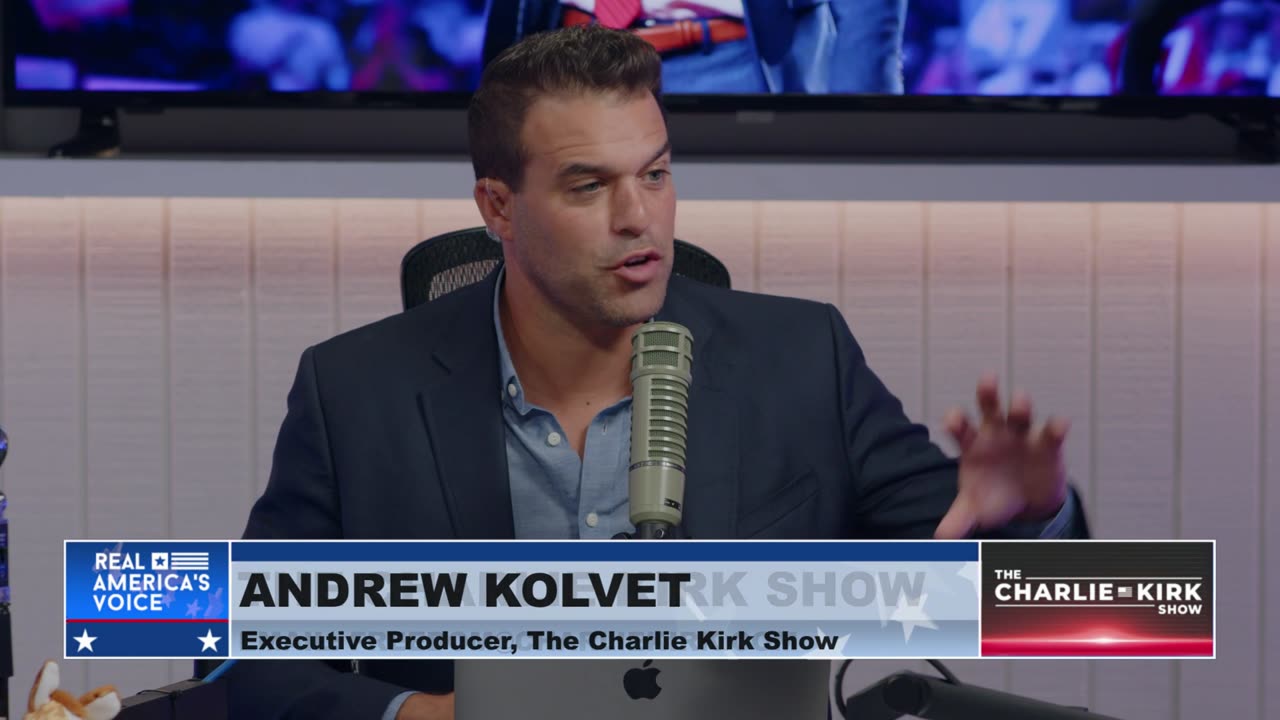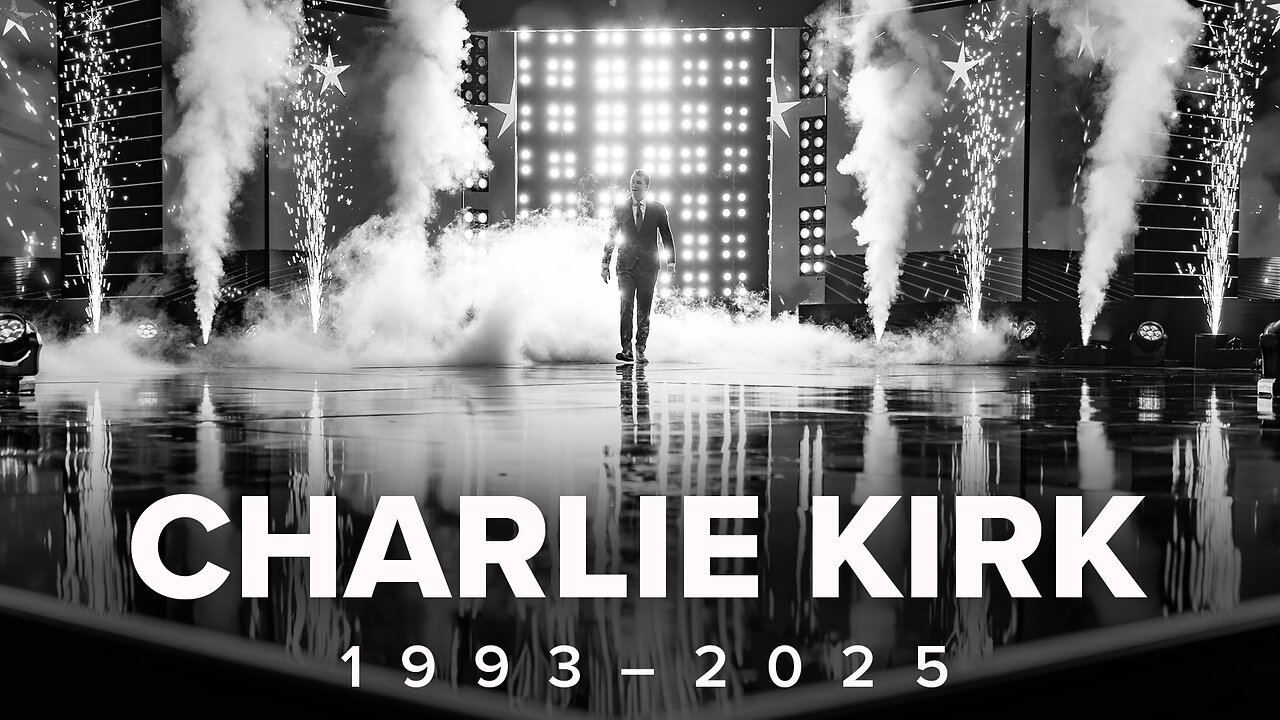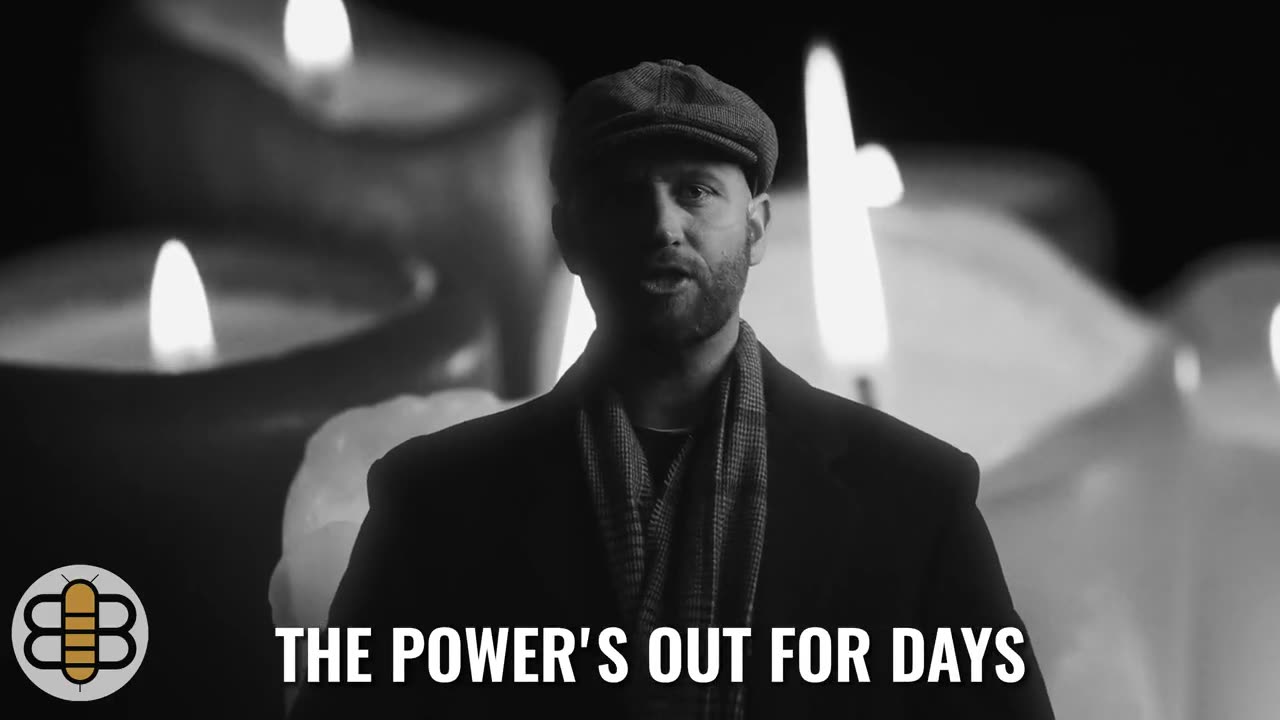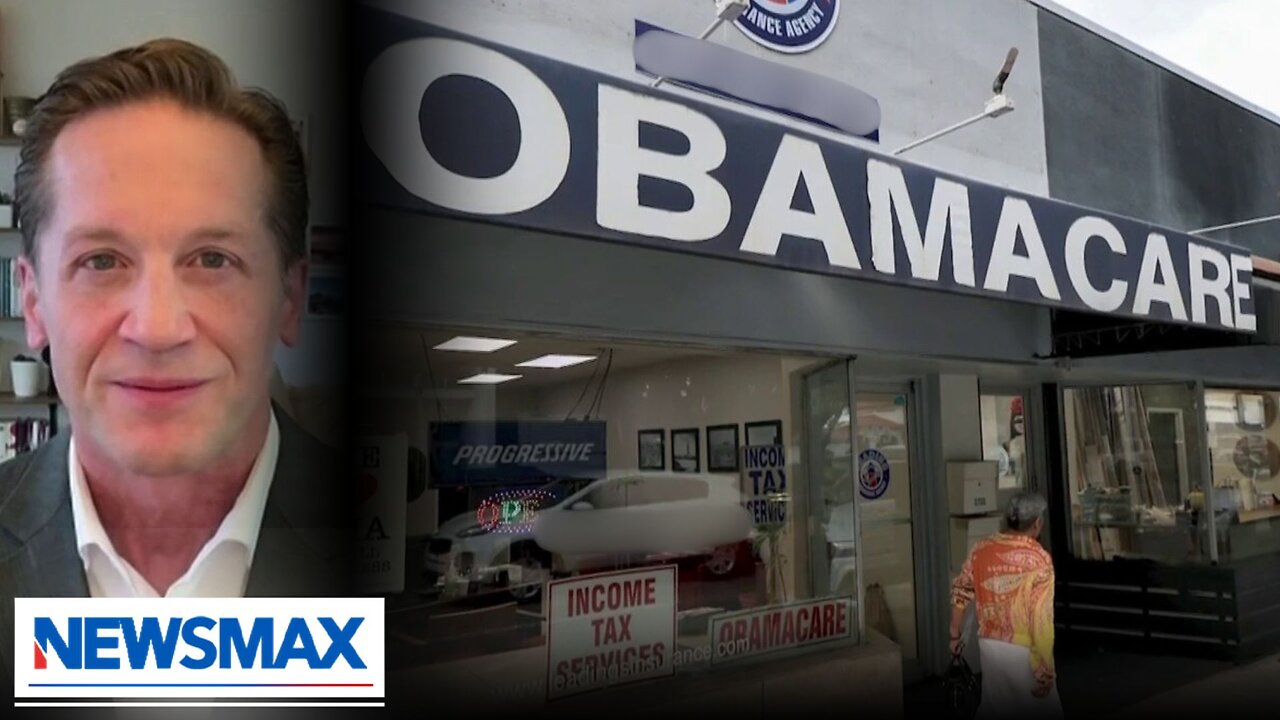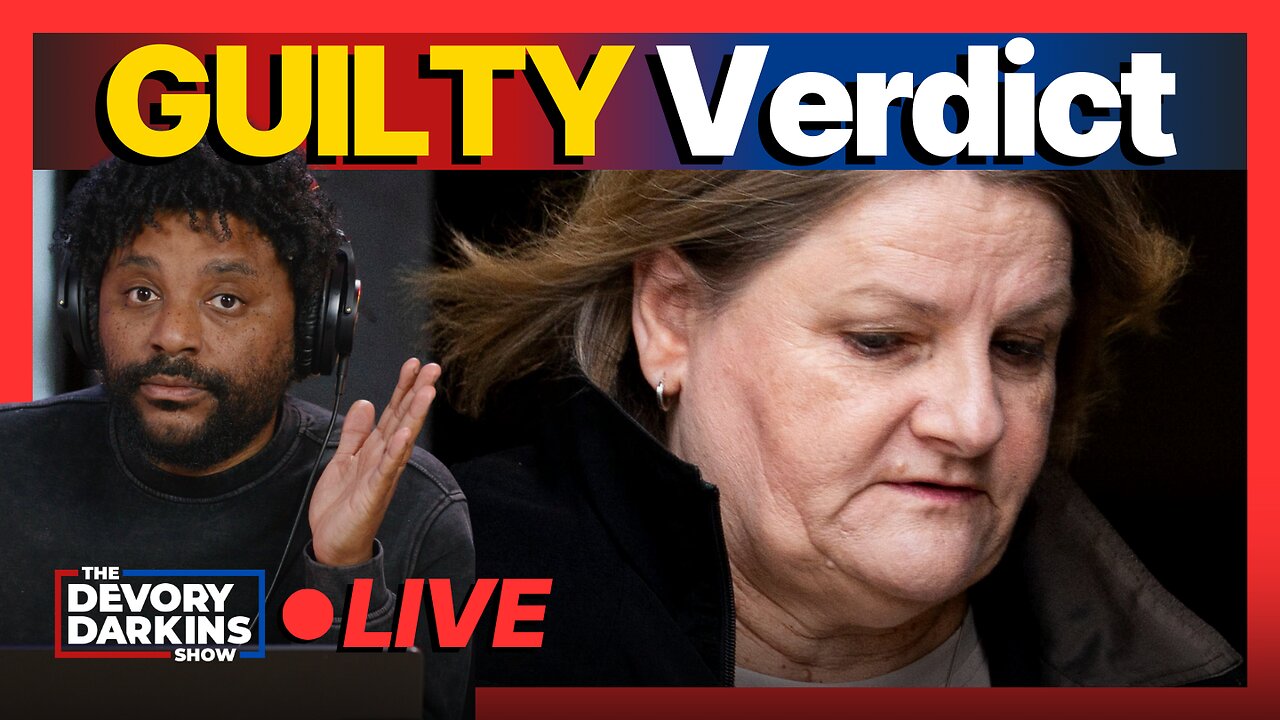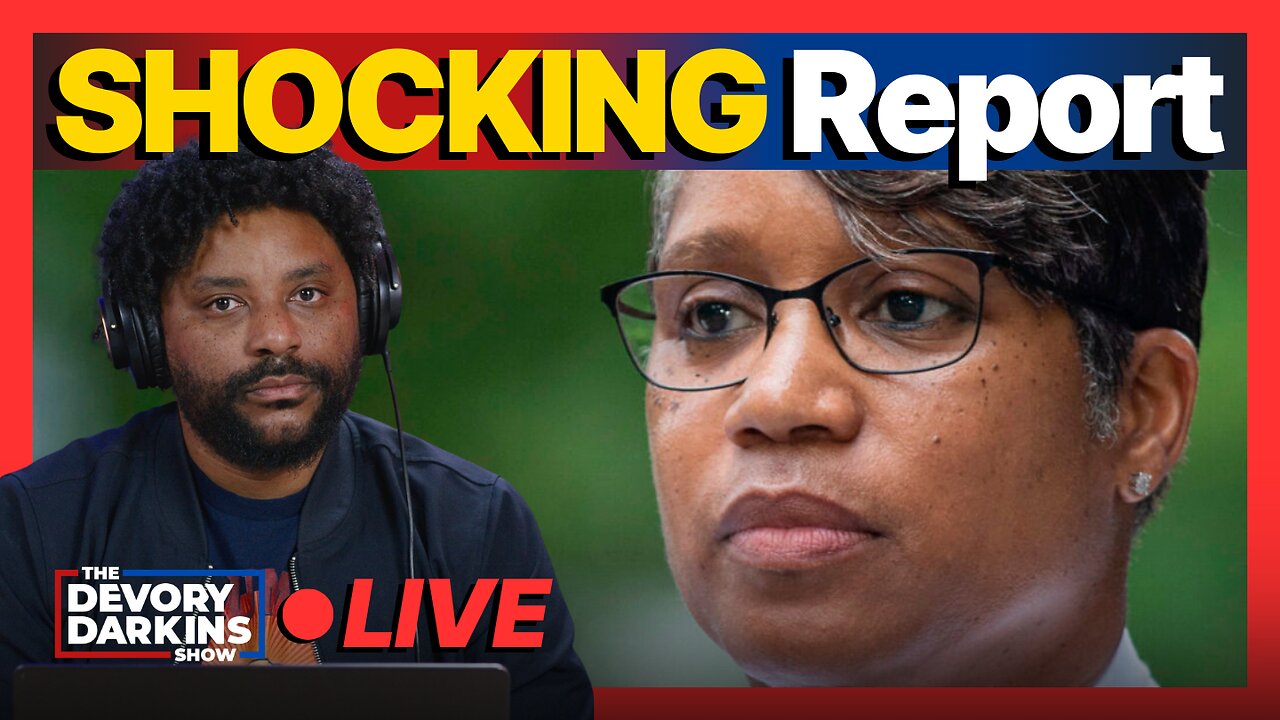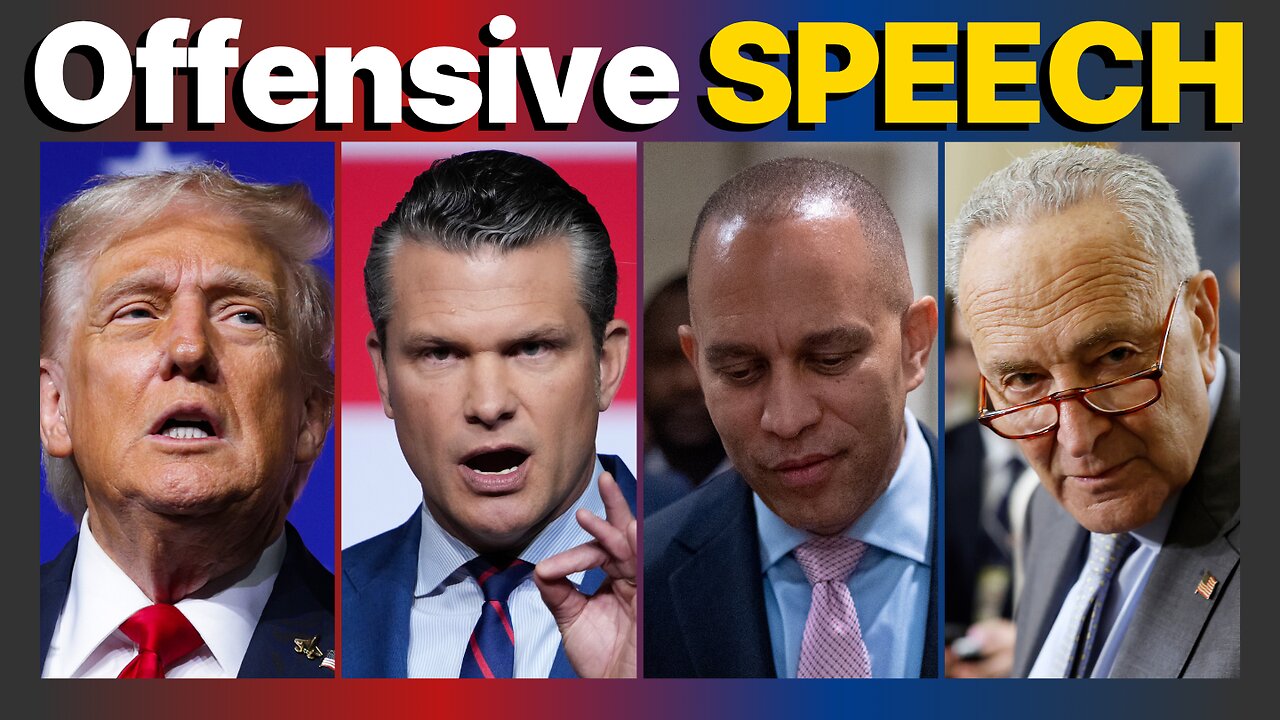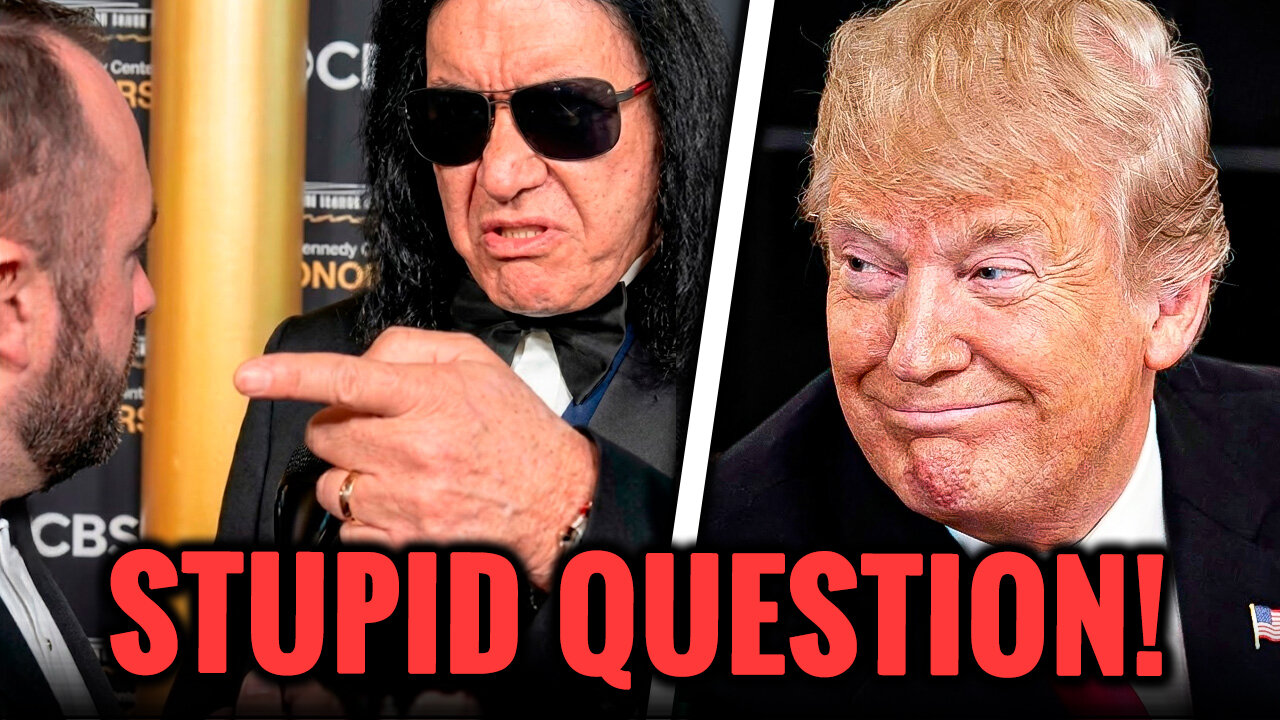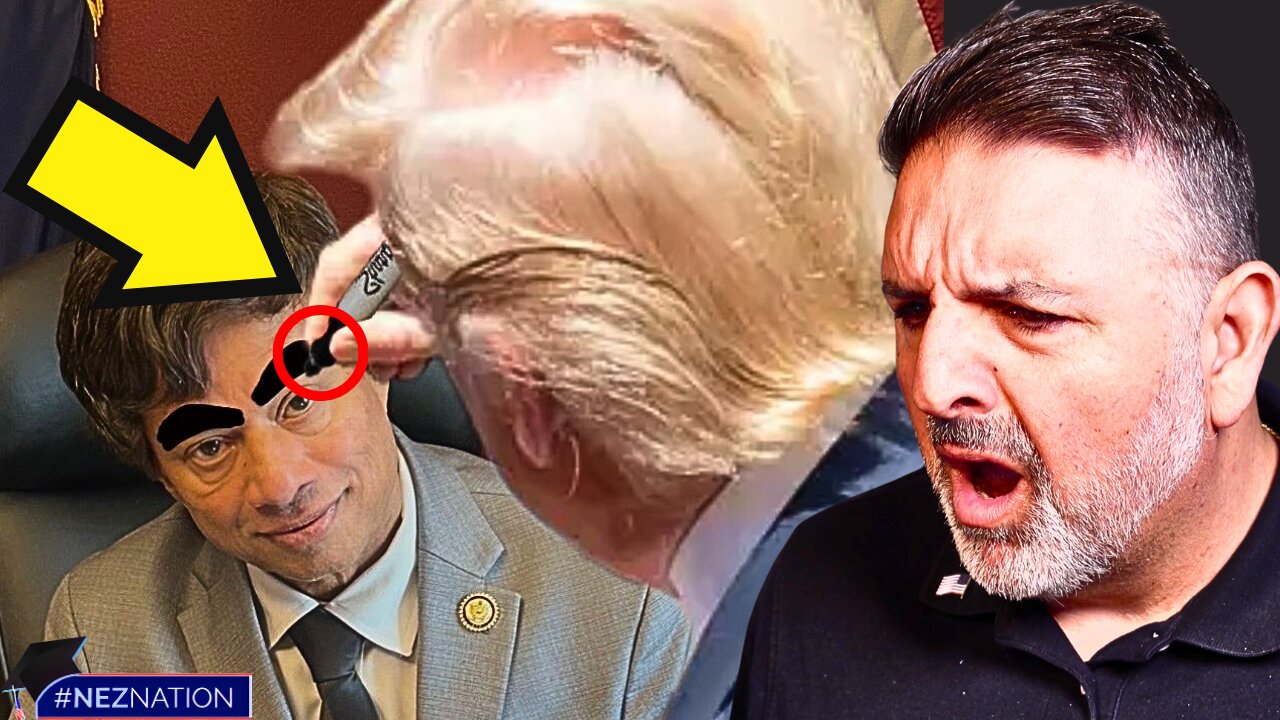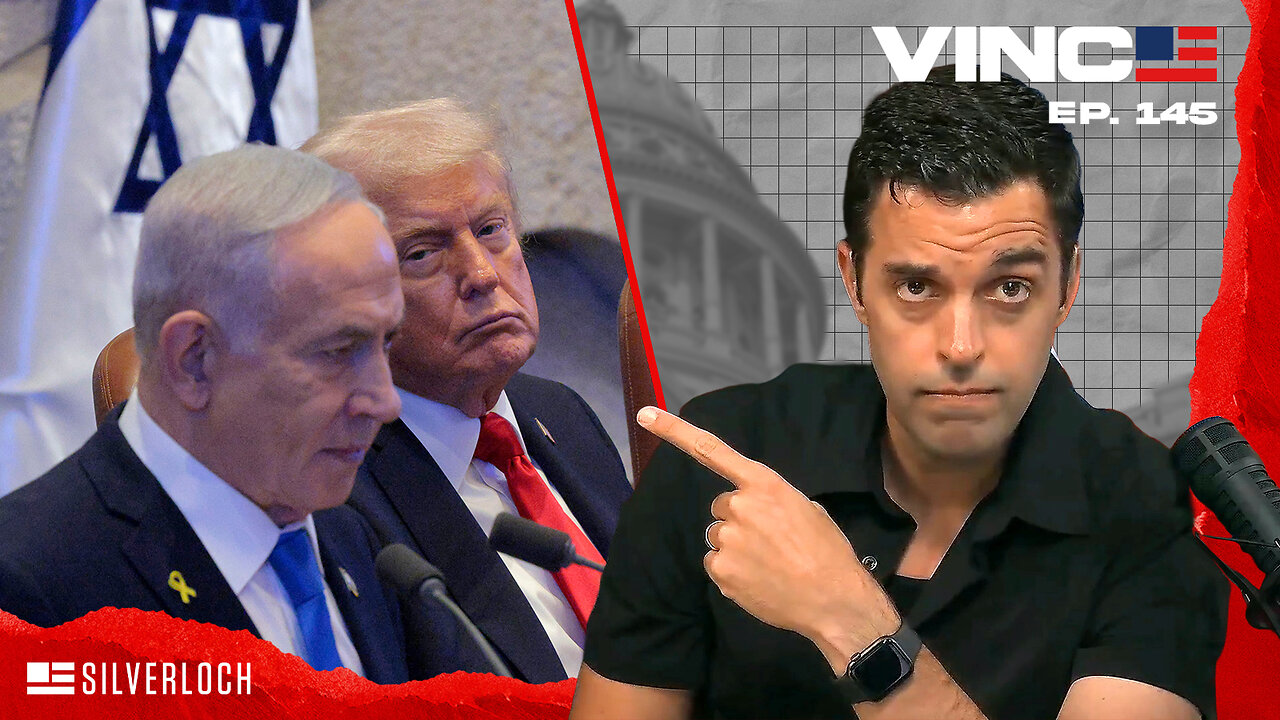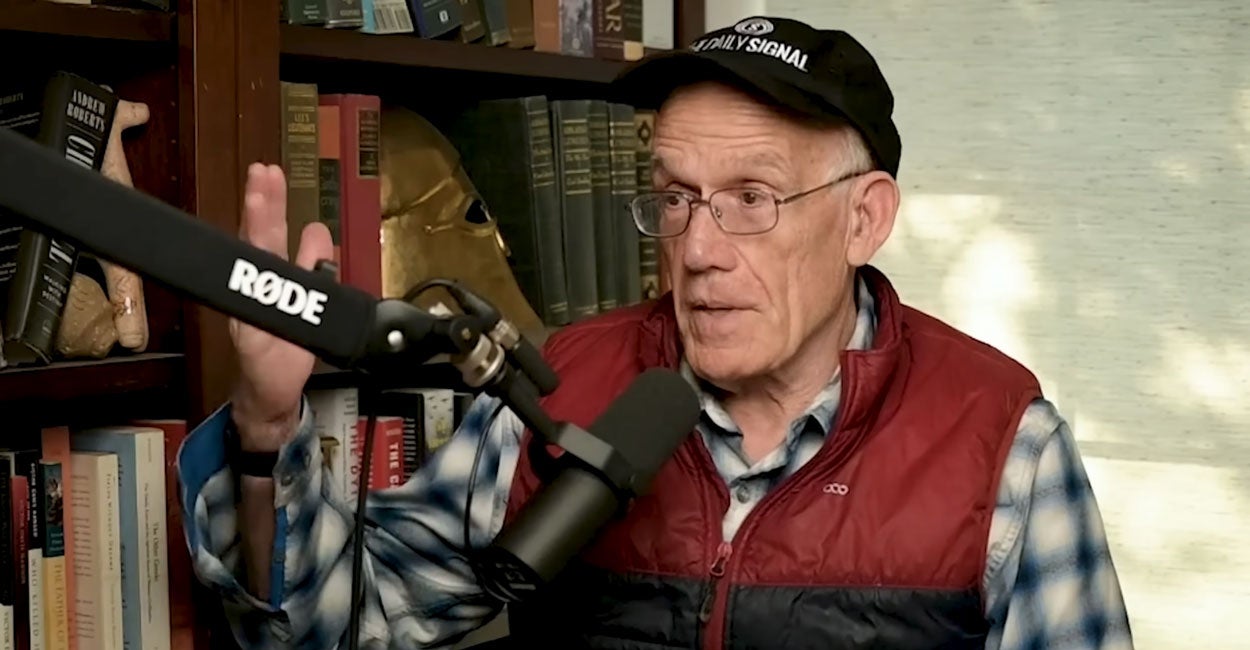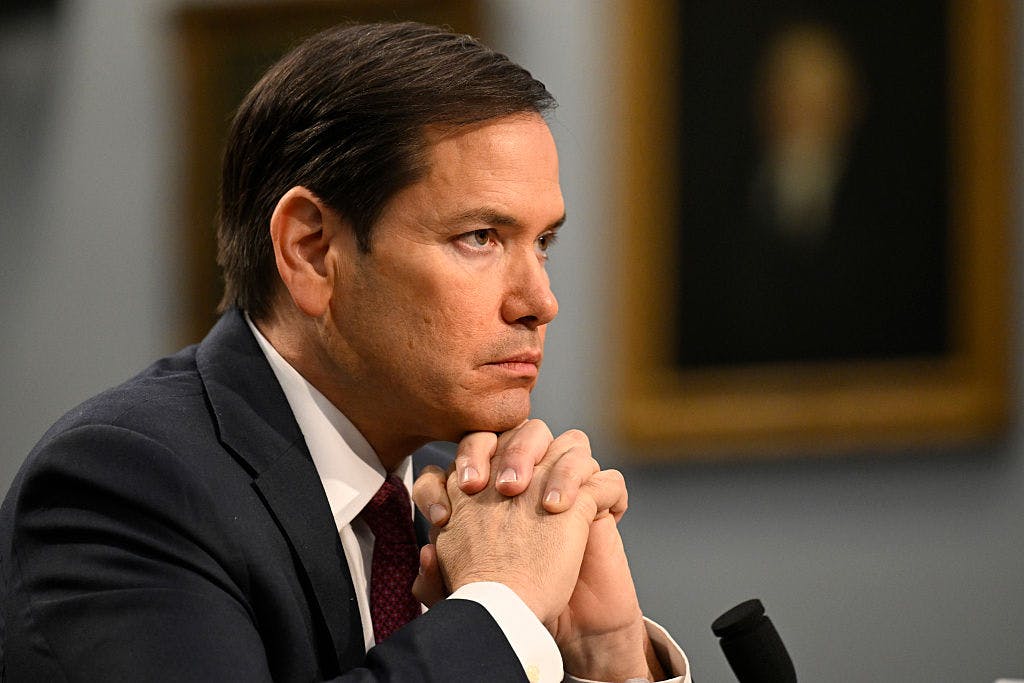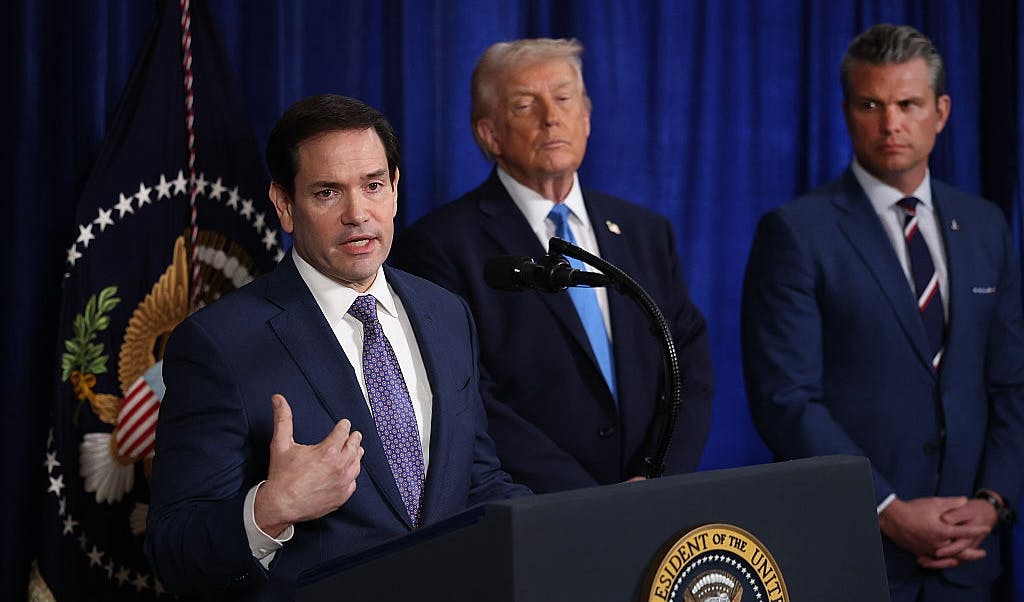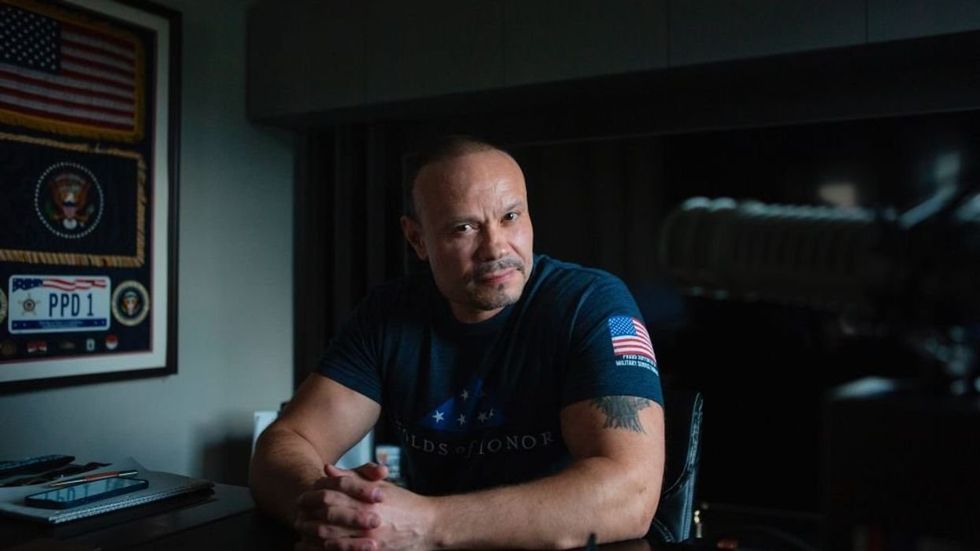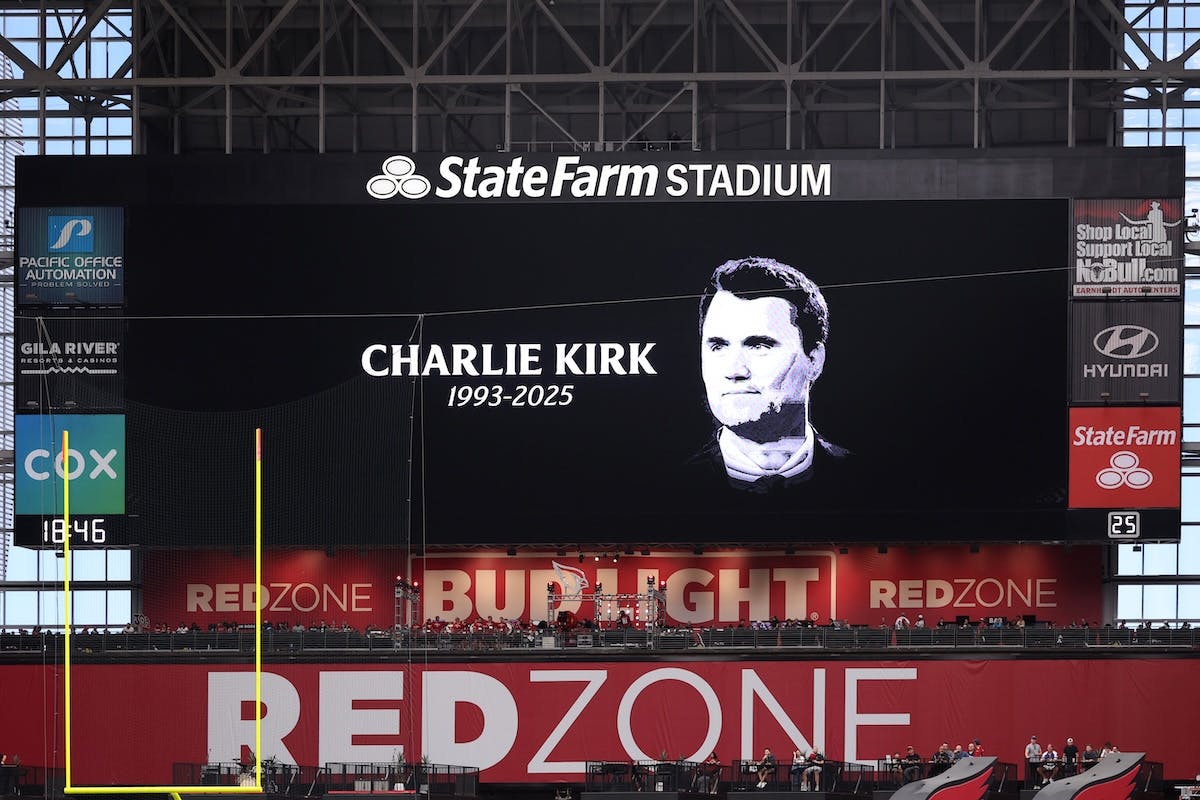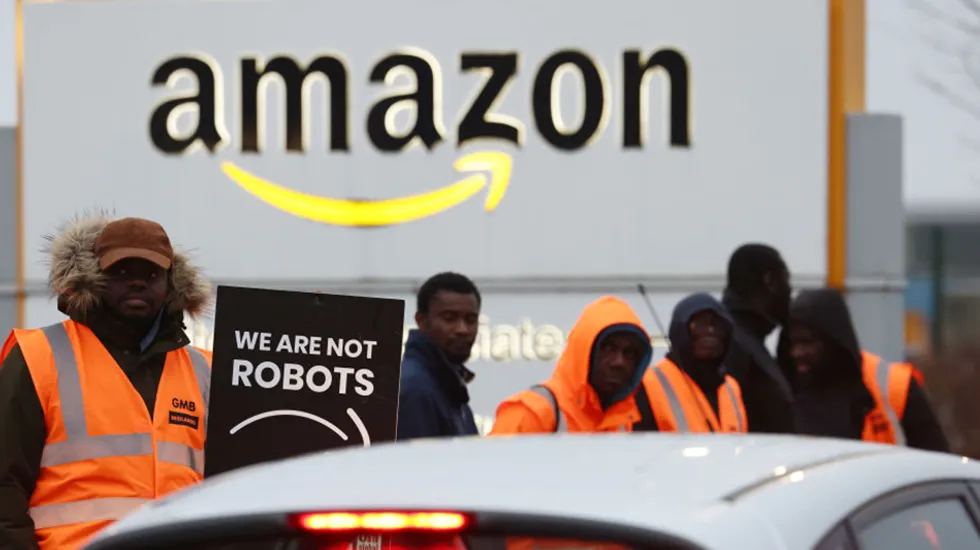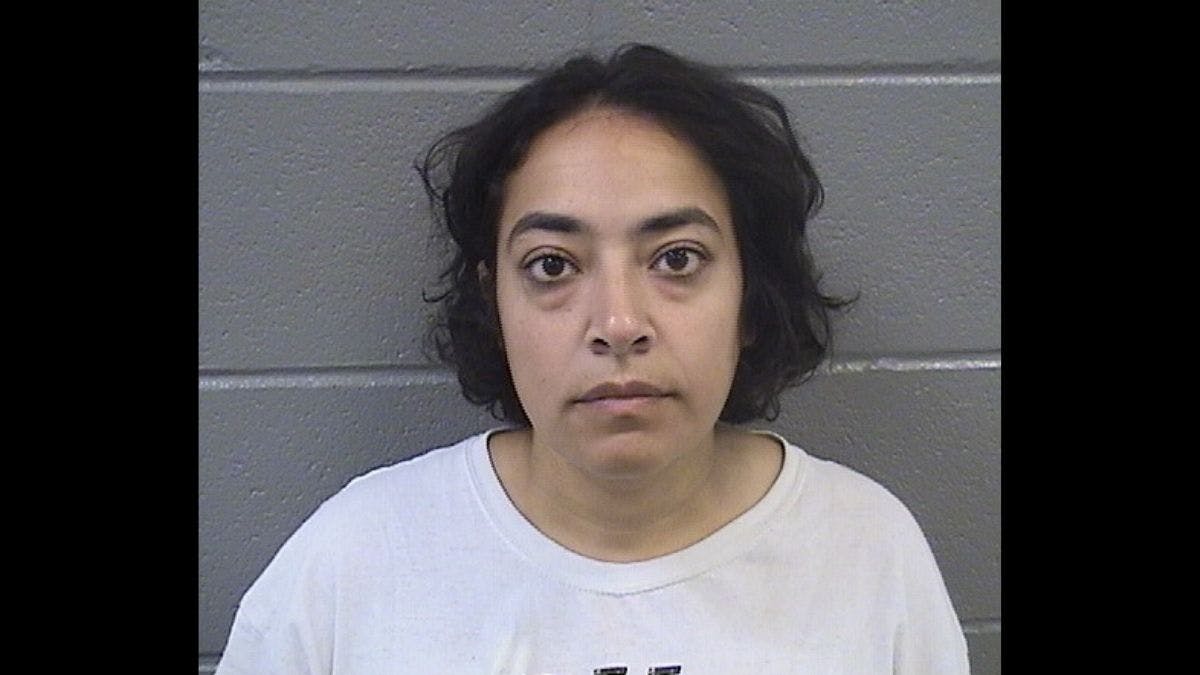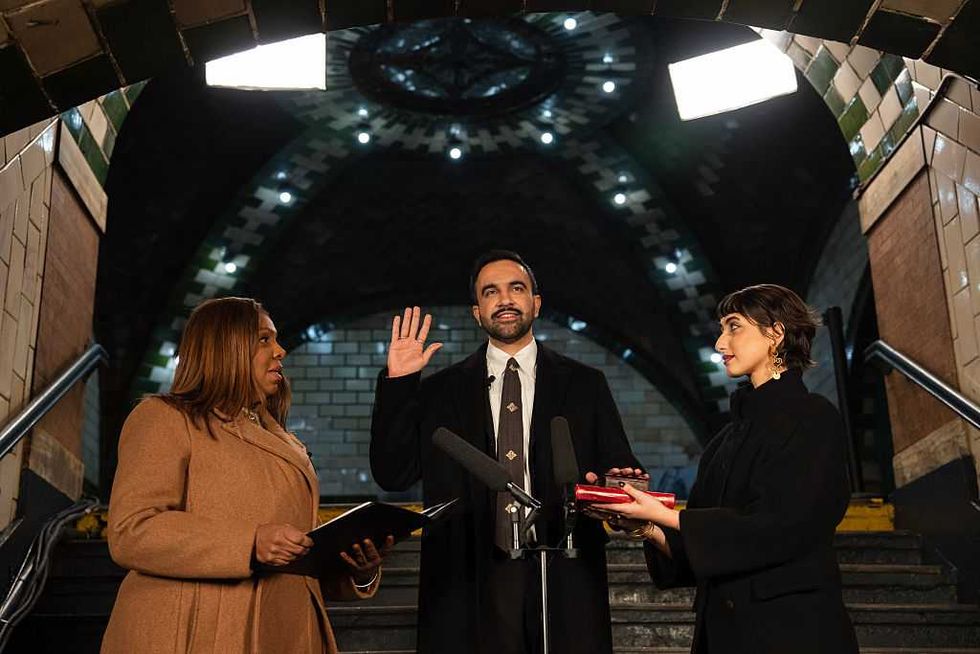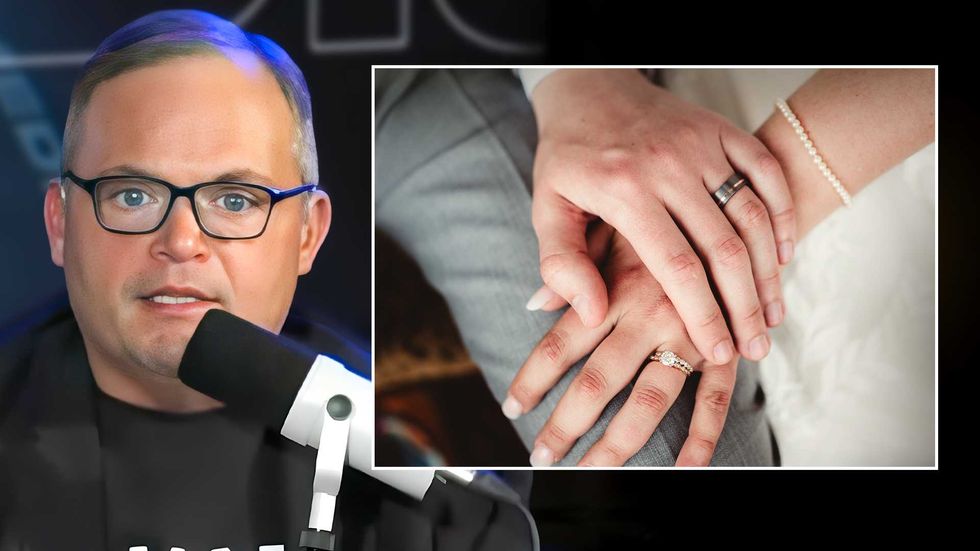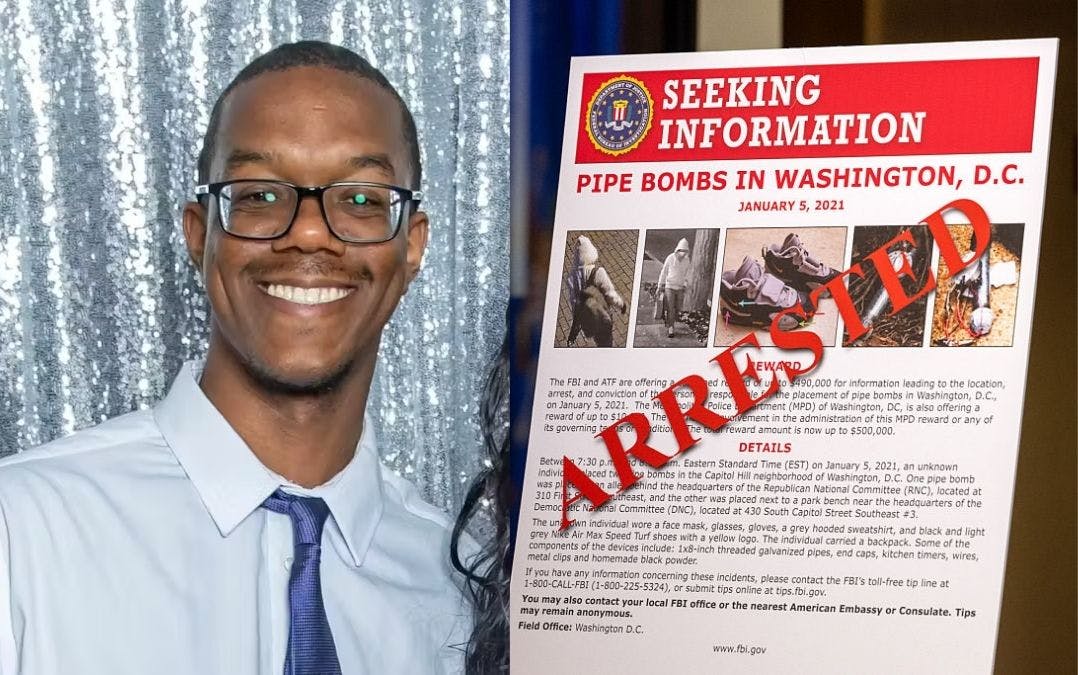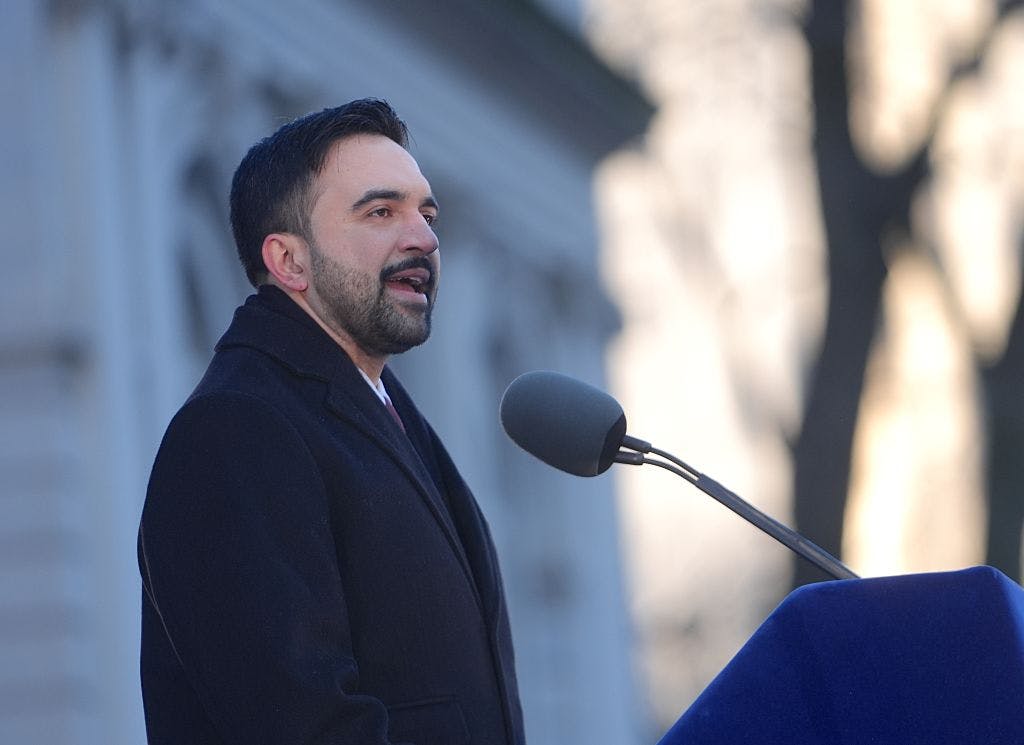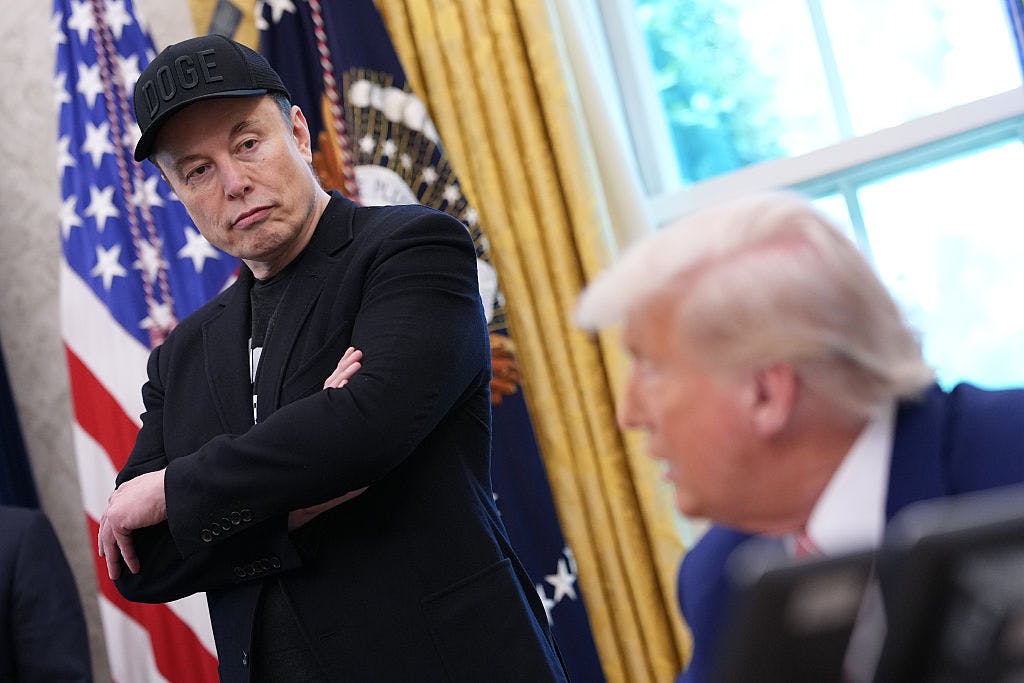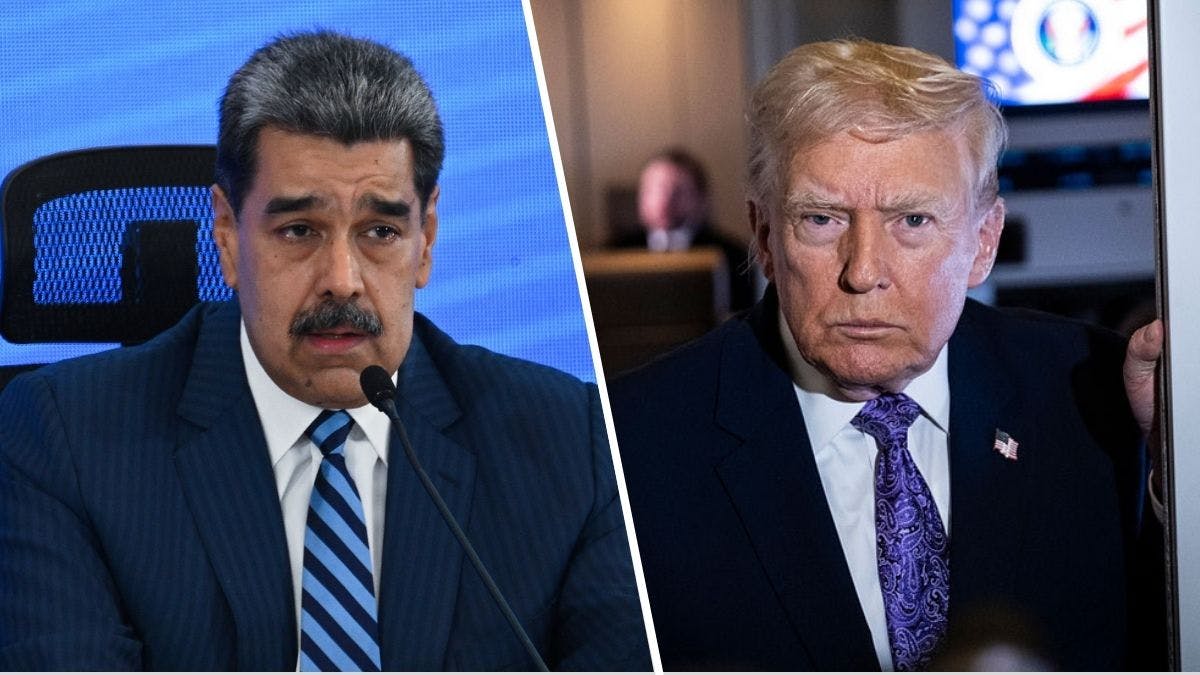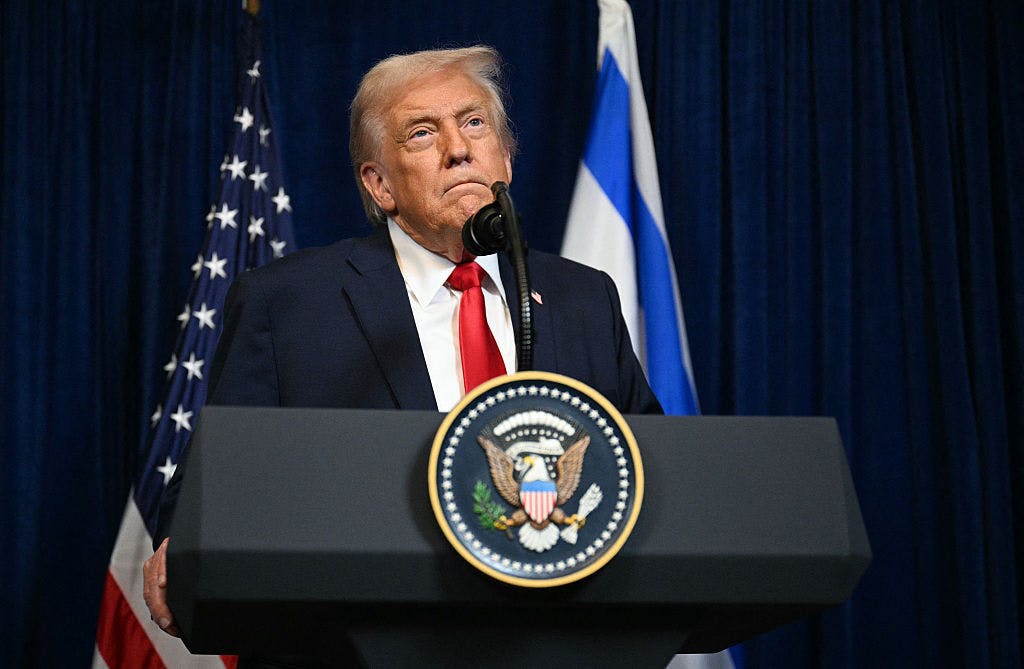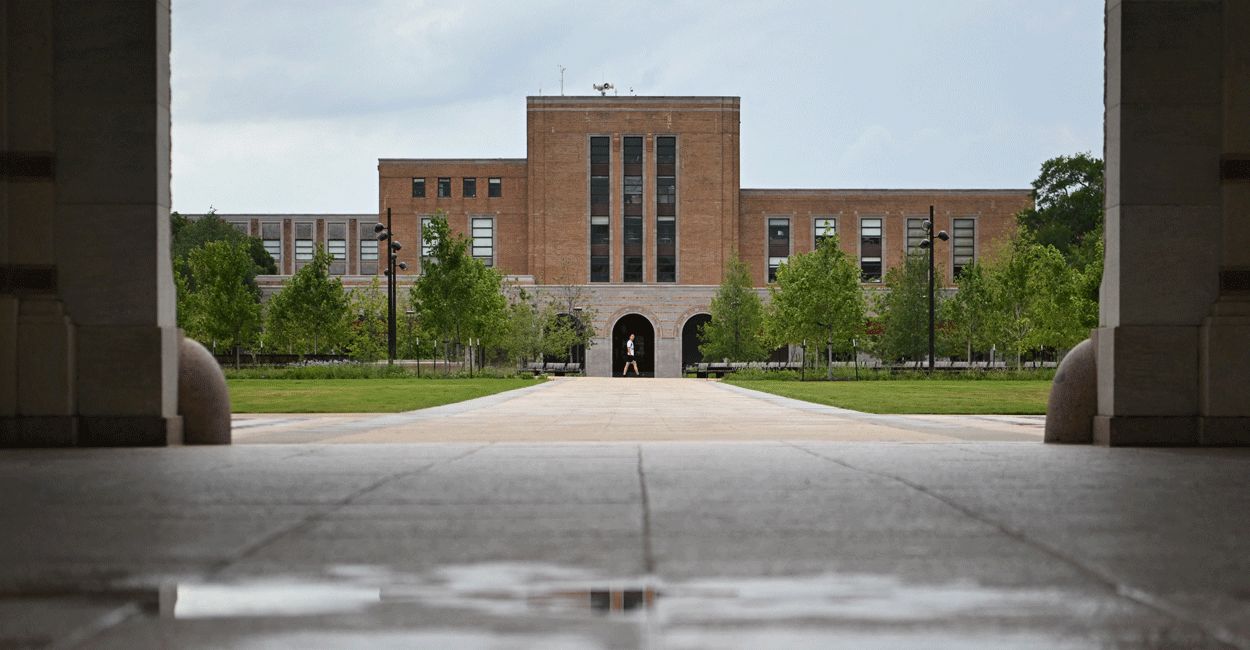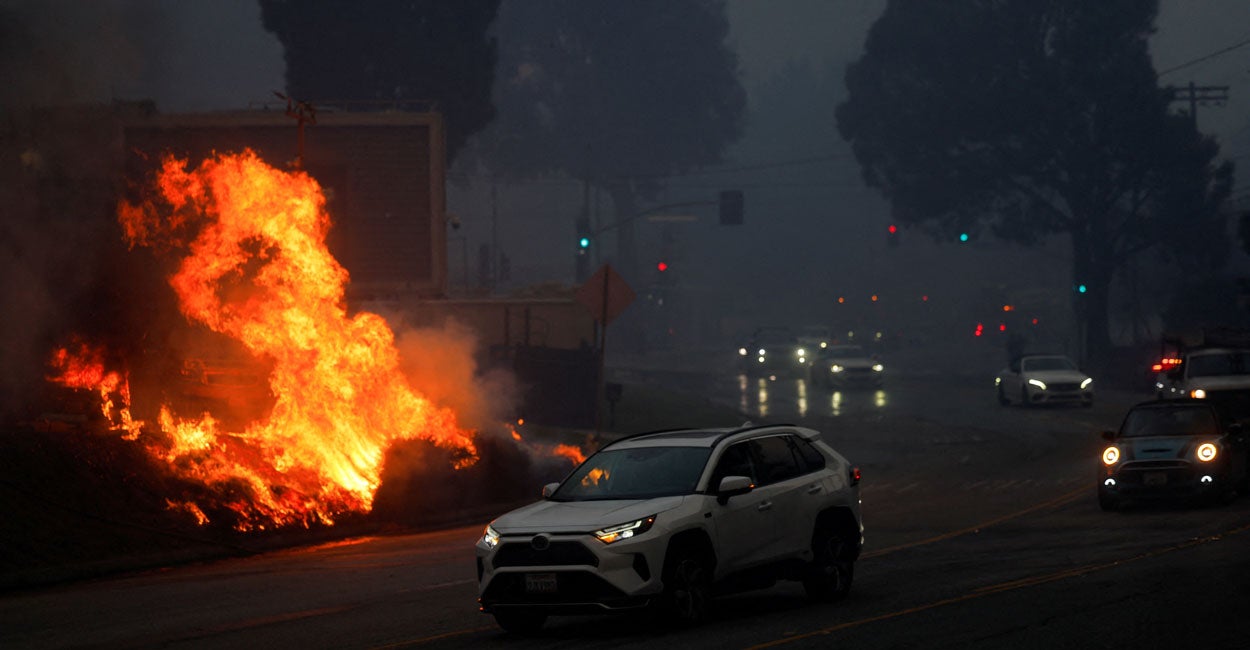Trump’s crime plan can’t repeat his first-term mistake


President Trump is right: It’s a disgrace that violent criminals and gangs roam freely through the nation’s capital — even in neighborhoods housing top government officials. Federalizing control over D.C. law enforcement and deploying the National Guard makes sense. But the deeper rot isn’t a lack of police presence. It’s the collapse of deterrence through weak sentencing and a revolving door for repeat offenders, especially juveniles.
Live Your Best Retirement
Fun • Funds • Fitness • Freedom
If Trump truly wants to make Washington safe — and follow El Salvador’s tough-on-crime model — he must break from the “criminal justice reform” movement he once embraced. Those same policies have turned D.C. into a carjacker’s paradise.
The bipartisan experiment with leniency has failed. The bipartisan demand for safety is loud and clear.
No cherry-picked statistics can hide the reality: Lawmakers, staffers, and high-ranking officials fear walking around parts of the city, including Capitol Hill, even during the day. The recent attack on DOGE official Edward Coristine by a pack of 10 juveniles attempting to steal a woman’s car says everything. In 2023, D.C.’s carjacking rate hit 142.8 per 100,000 people, up 565% since 2019. Juveniles committed 63% of those crimes, with guns involved in more than three-quarters of cases.
The crime wave wasn’t random. In 2018, the D.C. Council passed the Youth Rehabilitation Act Amendment, allowing most offenders under 25 to get reduced sentences and sealed records. Repeat armed carjackers face little risk of long-term prison time. Even FBI agents have been victims. Mayor Muriel Bowser admitted some juvenile carjackers have six or seven priors — and still walk free.
Other “reform” laws stacked the deck. The Incarceration Reduction Amendment Act allowed resentencing for crimes committed before age 18. The Second Look Amendment of 2020 expanded that leniency to criminals sentenced before the age of 25 — prime time for violent crime. These measures all but erased the deterrent effect of sentencing.
And this isn’t just a problem for left-wing dystopian cities and states. Republican lawmakers in red states have pushed softer juvenile laws, too. Florida Gov. Ron DeSantis (R) had to veto several leniency bills. He remains one of the few willing to confront the bipartisan jailbreak agenda.
Over the past decade, leaders in both parties have embraced the “decarceration” canard. They’ve reduced sentences, ignored parole violations, and wiped criminal records — all in the name of shrinking prison populations.
The result? Predictable chaos.
RELATED: The capital of the free world cannot be lawless
 TheaDesign via iStock/Getty Images
TheaDesign via iStock/Getty Images
President Reagan’s Task Force on Victims of Crime saw it coming four decades ago: “Juveniles too often are not held accountable for their conduct, and the system perpetuates this lack of accountability.”
Trump himself backed the First Step Act, which released dangerous offenders early. One of them — Glynn Neal, with a long record of violent crime — walked free just one day before stabbing a staffer for Sen. Rand Paul (R-Ky).
Troops on the street can help. But this is more than a policing problem — it’s a policy problem. Trump’s second term should reject the leniency consensus and restore deterrence, starting with nullifying D.C.’s soft-on-crime laws.
If he wants to win the public’s trust on crime, he must trade “criminal justice reform” for criminal justice enforcement. The bipartisan experiment with leniency has failed. The bipartisan demand for safety is loud and clear.
Originally Published at Daily Wire, Daily Signal, or The Blaze
What's Your Reaction?
 Like
0
Like
0
 Dislike
0
Dislike
0
 Love
0
Love
0
 Funny
0
Funny
0
 Angry
0
Angry
0
 Sad
0
Sad
0
 Wow
0
Wow
0









